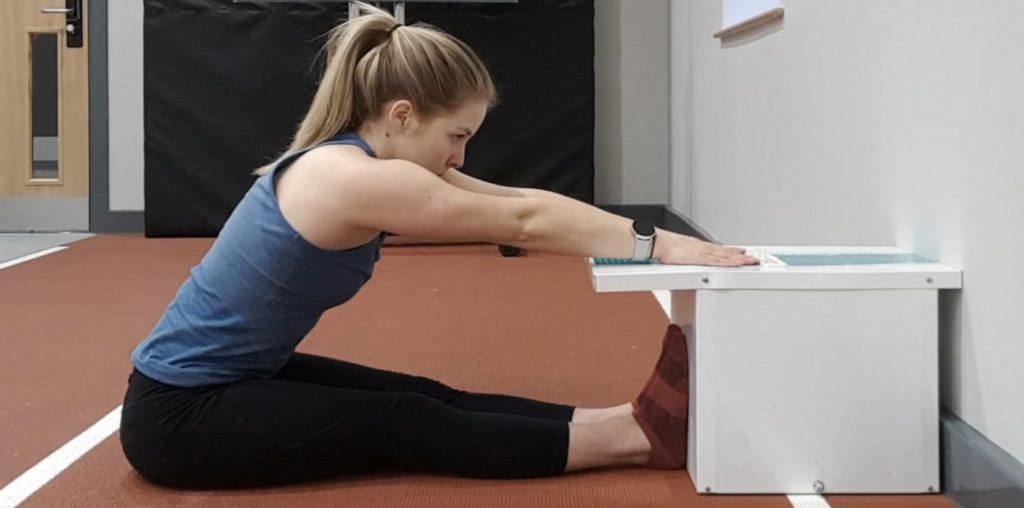
Can You Sit and Rise from the Floor Without Help?
Share
What is the Sitting-Rising Test (SRT)?
The Sitting-Rising Test, or SRT, is a simple way to measure your physical fitness. It involves sitting down on the floor and then getting back up without using your hands, knees, or other supports. You start with a score of 10, and you lose points each time you use a hand, knee, or show unsteadiness. For example, if you need to use one hand and one knee to sit and stand, you might score a 6 or 7. A perfect 10 means you can do it without any help or wobble.
Why This Simple Test Matters
In a recent long-term study, researchers tracked over 4,000 adults aged 46 to 75 for more than 12 years. They found a strong link between low SRT scores and higher chances of dying from natural and heart-related causes. People with the lowest scores (0–4) were about 6 times more likely to die from heart disease than those who scored a perfect 10.
Even small drops in score mattered. Each 1-point decrease in SRT score was linked to a 30 percent higher risk of early death. This means your ability to sit and rise from the floor could reflect your overall health more than you think.
What Makes the SRT Special?
Unlike treadmill tests that measure aerobic fitness (like how strong your heart and lungs are), the SRT focuses on non-aerobic fitness. This includes:
- Muscle strength and power
- Flexibility
- Balance
- Body composition
These areas are often overlooked in routine health checks, but they are important for staying active, avoiding falls, and living longer.
What the Study Found
Here are some key findings from the study:
- Higher SRT score = better survival: People who scored 10 had a natural death rate of 3.7 percent. Those who scored 0–4 had a rate of 42.1 percent.
- Heart-related deaths followed the same pattern: Those with the lowest SRT scores had the highest risk.
- Gender didn’t matter much: Men and women performed similarly on the test.
- Rising score was a big factor: Nearly 50 percent of those who couldn’t rise without help (score of 0) died during the study. Only 4.4 percent of those with a perfect rise (score of 5) did.
What This Means for You
If you’re middle-aged or older, your ability to get up from the floor without using your hands or knees may tell a lot about your health. A poor score might reflect a mix of problems like weak muscles, poor balance, stiff joints, or excess weight—all of which can raise your risk of health issues.
How to Improve Your SRT Score
If you struggle with this test, don’t worry. With consistent effort, you can improve your non-aerobic fitness. Here’s what helps:
- Strength training: Focus on leg, core, and glute muscles.
- Flexibility exercises: Include yoga or stretching routines.
- Balance drills: Practice standing on one leg or doing slow movements.
- Healthy weight: Reducing extra body fat can make moving easier.
Even small gains can improve your score—and possibly your lifespan.
A Quick Reminder
This test is safe for most people, but if you have joint pain, recent injuries, or mobility issues, check with a healthcare provider before trying it. Also, don’t panic if your score is low. It’s a signal—not a sentence. Use it as motivation to get more active.
Final Thoughts
The Sitting-Rising Test takes less than two minutes and doesn’t need any equipment. But it offers powerful insights into your overall health and longevity. Whether you’re 45 or 75, knowing your score—and working to improve it—might be one of the smartest health checks you can do today.
